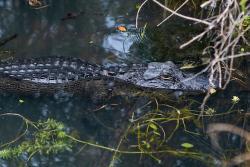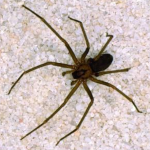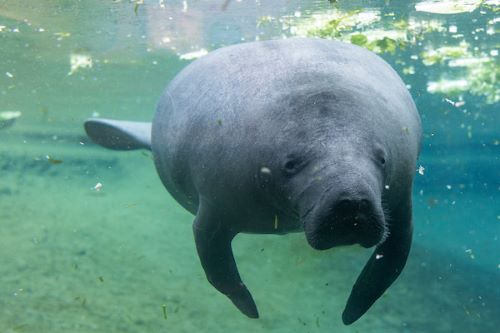Reptiles and Amphibians
Herpetology at the Florida Museum of Natural History
Information on frogs and toads, snakes, salamanders, lizards, sea turtles, crocodiles and alligators as well as the Atlas of Amphibians and Reptiles in Florida.
Frogs and Toads of Florida
A guide to the 33 frog and toad species that live in Florida, including pictures and distribution information for each.
Wetland and Aquatic Research Center
The USGS website has information on Amphibians and Reptiles of the Southeast United States and the Virgin Islands and the Southeastern Amphibian Research and Monitoring Program. There are also different datasets, multimedia, and other resources.
Online Guide to the Snakes of Florida
Field guide to Florida's snakes with fact sheets, pictures and comments on each species. Species are marked as harmless or venomous. Also includes a dichotomous key for help in identification.
Florida's Alligator Management Program
Information and advice on alligators from the Fish and Wildlife Conservation Commission as well as the programs they offer related to alligators.



Waterfowl and Wading Birds
Florida Waterfowl
Fact sheets on waterfowl species, habitat conservation, waterfowl surveys, hunting information and links to waterfowl identification guides. Leg band recoveries can also be reported here.
Waterbird Colony Locator
Statewide aerial survey during 26 January-25 June 1999 to locate waterbird (herons, egrets, ibises, spoonbills, storks, anhinga, cormorants, and pelicans) breeding colonies and estimate colony size and species composition. Search by species or county.
The Great Florida Birding Trail
Official site of the 2000-mile highway trail which unifies existing and new birding sites throughout Florida. The site includes birdwatching basics for beginners, tips for birdwatching in Florida, a calendar of events and trail guides.
Breeding Bird Atlas
This Atlas project attempted to record the breeding distributions of all bird species in the state during 1986-1991. Results are available for each species, including distribution maps and fact sheets on general characteristics, habitat and seasonal occurrences. The Atlas results can be searched by bird species or county.
Wings over Florida birding certificate program
This free awards program is designed to help beginning birdwatchers learn to identify birds within the state. Bird watchers can order an introductory birdwatching packet and earn certificates based on the number of birds they identify.












